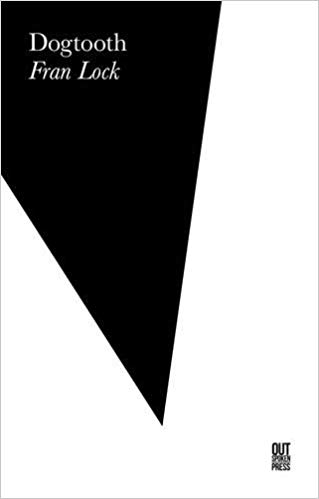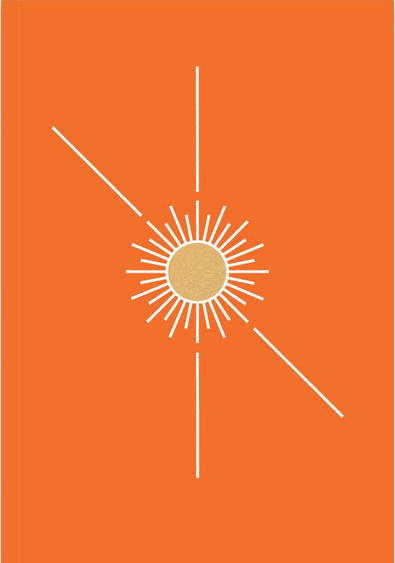The trope of the ghost in literature has been around for centuries of course, but it seems like, this last decade, ghosts are central to books and their notions again. Anne Carson’s brilliant pamphlet with The Well Review this year was (aptly) called Ghost Q&A; Cesar Aira’s recent novella about a group of naked ghosts haunting a building site was utterly mesmeric. For me, the ‘joint-best book of 2017’ was about ghosts too. It is a book of poems called Dogtooth, by Fran Lock.

Lock’s modernist lines sing a weird, purposefully erratic and yet complete sort of lyricism, the high register brought skidding onto the pavement, where it adapts and even enjoys its new milieu. It is, concurrently, the language of the internet, the language of romance, the language of those council flats, of cheap boozers, of margins . . . Think of Lock, perhaps, as a precursor to Kate Tempest.
I’ve been developing this theory lately, about how humans develop (in a spiritual/psychological sense) inversely to trees. Whereas trees grow into the space available, so that they can flourish in the light, we seem to form our personalities, our selves, around voids: loss, grief, regret, actions not taken, things gone, things not possessed . . . These lacks often come to define us, to define our shape in the world; we carry them within us (like black holes maybe?) everywhere we go. These are our ghosts perhaps, and Dogtooth seems to me to grow its poems around such voids, such lacks, things or people we need or miss so much, or that refuse to leave us in peace. At the same time though, the lyricism of the book, the love in the poems, is always, always reaching for light.

The book is a gorgeous object too, with plenty of white space (for pondering) around the photographs, and the intricate hand-stitching and thick paper that leave a person happy just to hold a thing and to feel the turn in its pages.
Both of these books do dwell in the margins – a point I’m sure I’ve driven home – and it feels right that we’ve started looking properly, in the last few years, at the margins of our societies. These are places like any other: full of story, full of love, full of violence, full of ghosts, wonder and anxiety. Beautiful, flawed, haunted, and so on. Yet, why are we so often afraid to see them?






